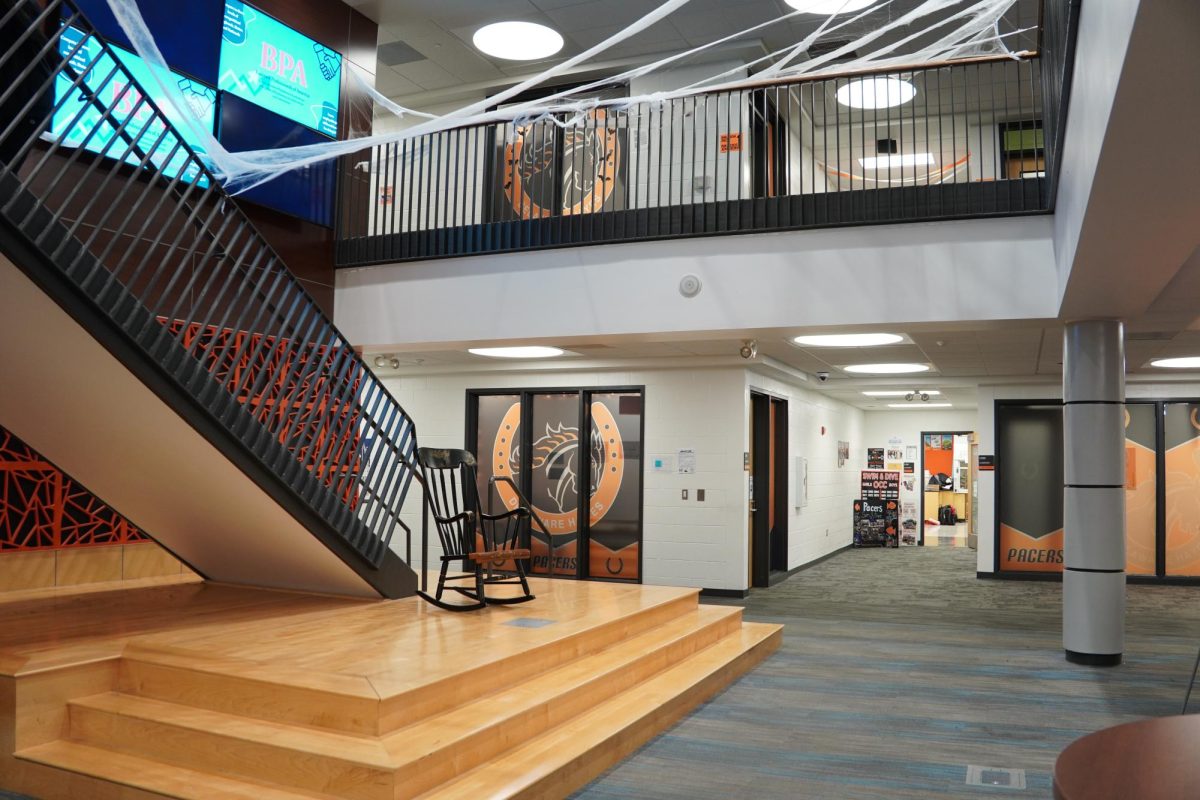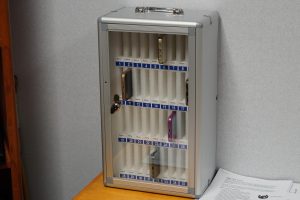BYOD network receives mixed reactions from students, administration
The “BYOD” WiFi network requires any student who wants to connect a personal device to enter their district login.
February 9, 2023
Over the past 20 years, online learning resources have grown exponentially. With a computer being as crucial to students as a pencil or notebook, students at Hayes have had access to the school’s Chromebooks for several years now.
However, new this school year is a centralized WiFi network for students’ devices called the “Student BYOD.”
This network must be used by students in order to have internet access on computers, as well as on cell phones if they choose not to use their data plan. A dependable network connection to access online tools is a luxury that some school districts aren’t fortunate enough to have, as only a reported 83% of Ohio students have such resources.
“Having the BYOD network for students allows our Hayes students to still utilize a personal device at school,” said Delaware City Schools chief technology officer Jen Fry. “Without this network, they would not be able to access WiFi at school on their own device.”
Despite the internet resources it provides, some students at Hayes have qualms about the use of this network. Junior Kiley McCann has doubts about its convenience.
“My big problem is half the time students have to turn on and off their computer to connect to the WiFi and then they have to log in,” McCann said. “That can take up so much work time.”
Students have also experienced issues with the speed and quality of the network.
“When it does work, it seems to load videos and games alright,” Sophomore Jason White said. “It doesn’t actually work in most rooms for my phone though.”
To access the network, students enter their school username and password into a tab that loads once that student starts their computer on school property for the first time that day. This login screen also displays a message saying “District & Personal devices and the internet are to be used for educational purposes. All district technology resources are monitored and you should have no expectation of privacy.”
This supervision has become a concern to some students.
“Another thing that I see is you don’t really truly know what’s being monitored on your devices or not,” McCann said. “You don’t get a full terms or service experience, it’s just ‘you’ll be monitored.’ I want to know what they can see or what they can’t see, because I feel like it can be an invasion of privacy.”
The idea behind the monitored network is to prevent inappropriate usage of school technology resources, as issues such as academic integrity and cyberbullying have increased nationally in a post pandemic world, and being aware of such activities would ideally make it easier for schools to take action. While the goal is to create a safer online environment through monitoring, Fry said the intent is not to impede on students’ privacy.
“While students login to the BYOD network with their username and password, the only information that is shared is the name of the device they are using,” Fry said. “This is the same as district owned devices, and creates a level of equity.”
Despite its mixed reception and lack of clarity on exactly how much can be tracked, the BYOD looks to be the permanent network for Hayes students as they learn in an increasingly digital environment.









































